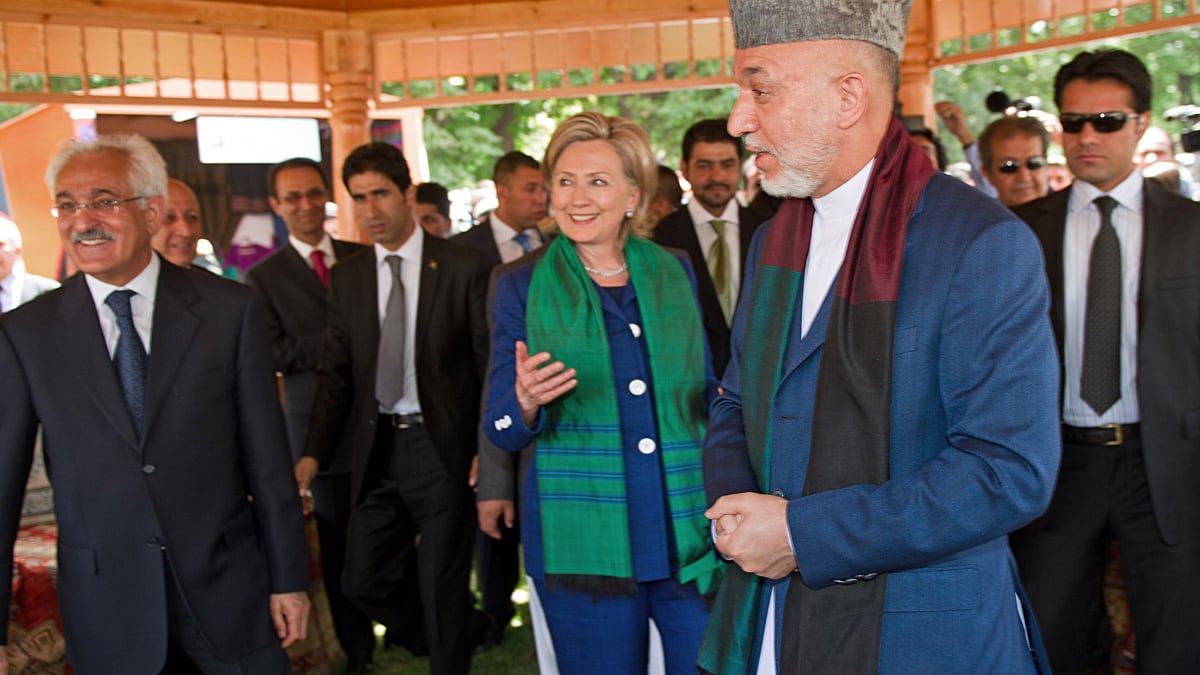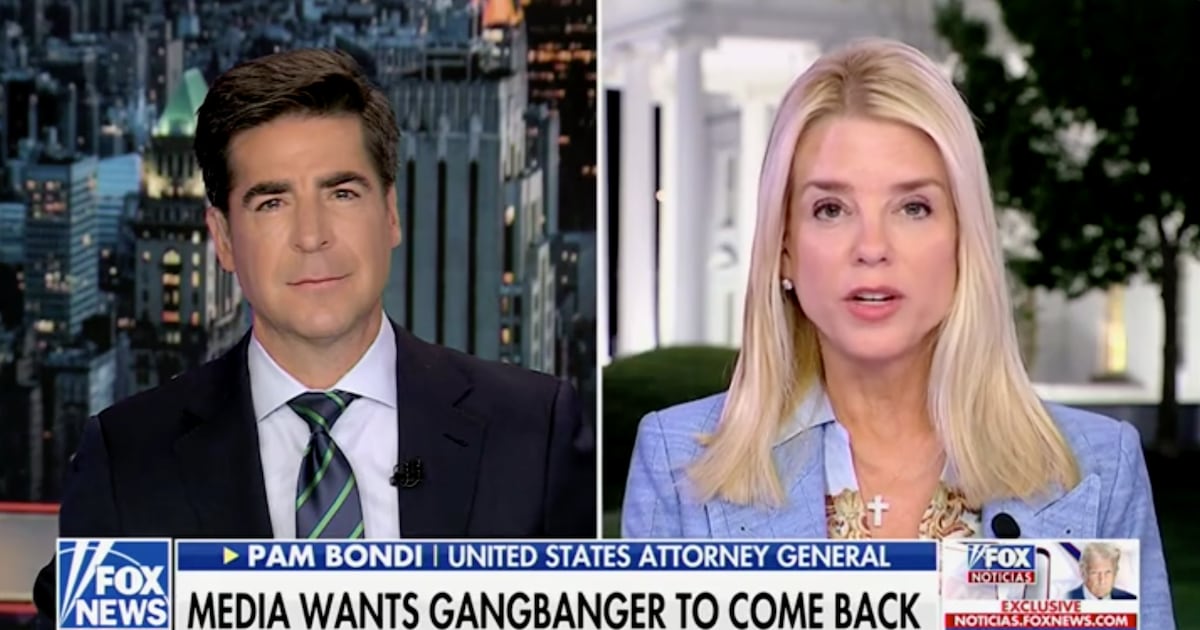President Obama may have ordered the withdrawal of the 30,000 soldiers he sent to Afghanistan under a military surge, but there is a very different kind of surge under way.
Secretary of State Hillary Clinton told the Senate Foreign Relations Committee on Thursday that civilians are going to the war-torn nation as part of a “diplomatic surge” that is “supporting Afghan-led efforts to reach a political solution that will chart a more secure future.”
That, at least, is the idea. So far, the evidence shows, the effort has failed to make much of an impact.
The diplomatic surge started ramping up in 2009, and those involved have been trying to help Afghans chart a better future. Back then, there were 320 American civilians working in Afghanistan under this program. Today, there are roughly 1,100 Americans as part of the diplomatic surge.
On paper, it sounds terrific. Men and women who work for a variety of U.S. agencies, including the Departments of State, Agriculture, and Justice, are heading off to Kabul and helping Afghans learn about everything from constitutional law to soil conservation. Indeed, the diplomatic initiative is part of a broader U.S. effort in Afghanistan and also fits neatly into a traditional counterinsurgency mounted by a foreign government.
After the troops do the dirty work in a counterinsurgency, civilians come in and help locals rebuild their country. Traditionally, though, this has been one of the biggest challenges in a counterinsurgency: All too often, after the troops leave, the civilians don’t show up. In the case of Afghanistan, the civilians are showing up, but in such small numbers—and are achieving so little—that many people wonder why they are there at all.

“I do not think that it was ever serious,” Michael Semple of Harvard University's Carr Center, and a former deputy to the European Union special representative for Afghanistan, says of the diplomatic effort. Most of the Americans work out of the embassy in Kabul, he explains, and leave the confines only when escorted by armed guards. The security costs alone are staggering, he says, running into the hundreds of thousands of dollars for each official. One result: they hardly see any ordinary Afghans.
“Either they’re attending meeting with other foreigners, or if they’re lucky, they’re meeting with a provincial governor,” Semple says. It’s not entirely their fault. The State Department’s John Herbst, who is helping to staff the civilian efforts in Afghanistan, admits that the department has “a substantial risk-averse culture,” as he said in a Council on Foreign Relations interview.
That means Americans are expected to live in secure quarters, behind reinforced walls and barricades. “They’re decent and motivated people, and they get there and find there is nothing they can do,” Semple says. “It must be immensely frustrating to be dumped in that situation.”
At the same time, the State Department is strapped financially, says Herbst, and he and others have had a tough time ensuring that the work is carried out. Embassy officials in Kabul have been overwhelmed by the task of administering the programs. As authors of a February report by the State Department’s inspector general wrote, embassy staffers were “directed to process hundreds of new positions” and simply “did not have the time or the resources to evaluate each of these hundreds of new positions or their justifications.” In one instance, say the authors, 10 of the new jobs were so ambiguous that when the new employees arrived, nobody knew what they would do. In other words, the program was set up to fail.
The people who came up with the idea for a diplomatic surge had the best of intentions: Its main backer was America’s premier diplomat, Richard Holbrooke. “Nobody felt happy signing off on a strategy that just involved signing off on the military,” explains Semple. “Forceful personalities like Holbrooke were pushing the idea there must be something good we can do.”
Yet Holbrooke is no longer around and the diplomatic surge, like so many other good ideas that have been exported to Afghanistan, has floundered. The country remains awash in chaos, violence, and corruption, and the surge of civilians has hardly made a dent. One of the few things that the Americans have done is to assist Afghan officials in preparations for their presentations before other officials; in other words, as Semple says, “better PowerPoints.”
As more troops come home, more State Department officials will head for Kabul, but their promise will likely remain unfulfilled. “The security situation will deteriorate, and they’ll be going into their fortresses,” says Semple. “And you’ll only know from their passports that they were even in Afghanistan. You know, ‘Stamp in, stamp out.’” Aside from crisper PowerPoints, that may be the only legacy that these Americans leave behind.






